Guide to Food Coloring Derived from Flowers
Food coloring derived from flowers is a natural and vibrant way to enhance culinary creations without artificial additives. Many flowers contain pigments that can be extracted and used to color foods and beverages. This guide explores different flowers that produce natural food dyes, how to extract their colors, and their culinary applications.
Best Flowers for Natural Food Coloring
1. Hibiscus (Red/Pink/Purple)
Pigment: Anthocyanins
Best Uses: Teas, syrups, icings, and jellies
Extraction Method: Steep dried hibiscus petals in hot water, then strain to obtain a deep red liquid that changes to purple when mixed with alkaline ingredients.
2. Butterfly Pea Flower (Blue/Purple)
Pigment: Anthocyanins
Best Uses: Beverages, rice, desserts
Extraction Method: Steep dried or fresh butterfly pea flowers in warm water for a vivid blue liquid. The color shifts to purple when acidic ingredients like lemon juice are added.
3. Marigold (Yellow/Orange)
Pigment: Carotenoids
Best Uses: Rice dishes, baked goods, butter
Extraction Method: Simmer fresh or dried marigold petals in a small amount of water or oil for a golden-hued infusion.
4. Saffron (Golden Yellow)
Pigment: Crocin
Best Uses: Breads, desserts, sauces
Extraction Method: Soak saffron threads in warm water, milk, or alcohol to release a rich golden color.
5. Red Clover (Pink/Red)
Pigment: Anthocyanins
Best Uses: Jams, beverages, frostings
Extraction Method: Simmer flowers in water and strain to obtain a reddish-pink hue.
6. Pansy & Violet (Purple/Blue)
Pigment: Anthocyanins
Best Uses: Candies, syrups, frostings
Extraction Method: Infuse fresh petals in warm water for a delicate purple tint.
How to Extract and Use Flower-Based Food Coloring
Harvest Fresh Flowers – Choose organic, edible flowers free from pesticides.
Dry (If Needed) – Some flowers, like hibiscus and saffron, are best used dried.
Infuse in Water or Oil – Simmer or steep in a liquid medium to release the color.
Strain and Concentrate – Filter out plant material and reduce the liquid for stronger pigmentation.
Store Properly – Keep in an airtight container in the fridge for up to a week or freeze for longer storage.
Tips for Using Natural Flower Dyes
Colors may change with pH levels (e.g., butterfly pea flower turns purple with acidity).
Heat can impact vibrancy; add natural colors at the end of cooking when possible.
Experiment with combinations (e.g., hibiscus + saffron for a peachy tone).
Using flowers for food coloring is an excellent way to add natural beauty to dishes while avoiding synthetic dyes. With a little experimentation, you can create a range of stunning colors to enhance your culinary creations.
